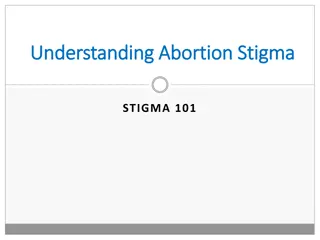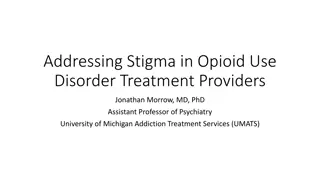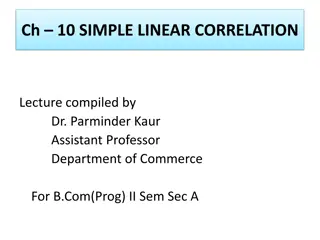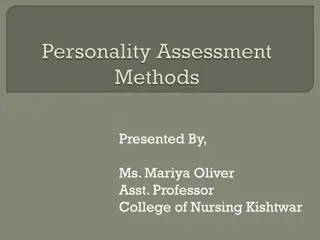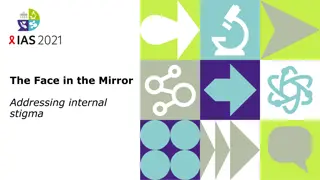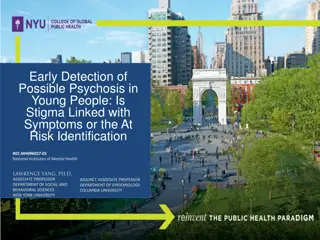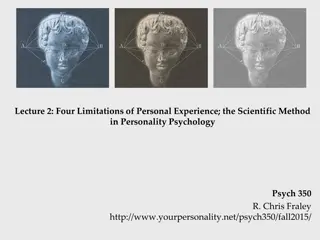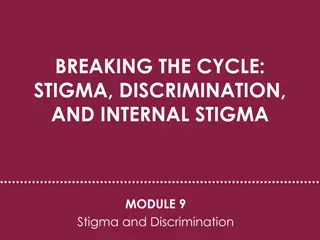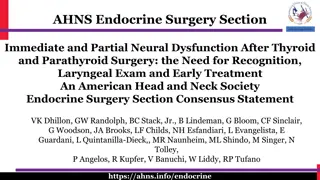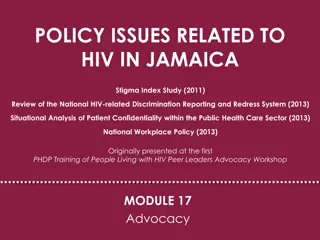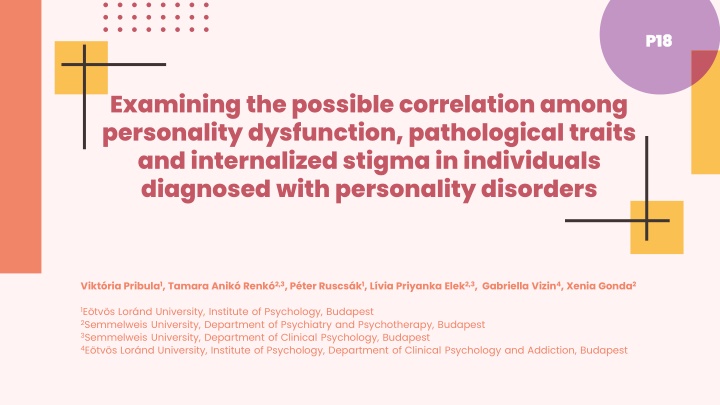
Exploring Correlation Among Personality Dysfunction, Pathological Traits, and Internalized Stigma in Personality Disorders
This study examines the correlation between personality dysfunction, pathological traits, and internalized stigma in individuals diagnosed with personality disorders. Using structured diagnostic interviews and self-report questionnaires, the research investigates the impact of demographic characteristics on this relationship. Results indicate significant correlations and provide insight into the complex nature of personality disorders and associated stigma.
Uploaded on | 4 Views
Download Presentation

Please find below an Image/Link to download the presentation.
The content on the website is provided AS IS for your information and personal use only. It may not be sold, licensed, or shared on other websites without obtaining consent from the author. If you encounter any issues during the download, it is possible that the publisher has removed the file from their server.
You are allowed to download the files provided on this website for personal or commercial use, subject to the condition that they are used lawfully. All files are the property of their respective owners.
The content on the website is provided AS IS for your information and personal use only. It may not be sold, licensed, or shared on other websites without obtaining consent from the author.
E N D
Presentation Transcript
P18 P18 Examining the possible correlation among personality dysfunction, pathological traits and internalized stigma in individuals diagnosed with personality disorders Vikt ria Pribula1, Tamara Anik Renk 2,3, P ter Ruscs k1, L via Priyanka Elek2,3, Gabriella Vizin4, Xenia Gonda2 1E tv s Lor nd University, Institute of Psychology, Budapest 2Semmelweis University, Department of Psychiatry and Psychotherapy, Budapest 3Semmelweis University, Department of Clinical Psychology, Budapest 4E tv s Lor nd University, Institute of Psychology, Department of Clinical Psychology and Addiction, Budapest
Background Background The transformation of the concept of personality disorders Classic categorical approach Dimensional models ICD-11: personality disorder Mild, moderate and severe ICD-10: 8 personality disorder categories DSM-5 Section III.: The Alternative Model of Personality Disorders (AMPD) Module I. - Level of Personality Functioning Scale Module II. - Pathological personality traits Module III. - Dysfunctions and pathological personality traits associated with each personality disorder category DSM-IV: 10 personality disorder categories further grouped into clusters A, B, C The DSM-5 Alternative Model of Personality Disorders (AMPD) and the ICD-11 represent a shift in the understanding of personality disorders. These new classification systems are based on a dimensional concept and identify domains of dysfunction. Internalised stigma is a risk factor for a worse mental health prognosis. Dimensional models aid in exploring the background of internalised stigma.
Goals Goalsof of the the study study To explore: 1. The correlation between the diagnoses obtained from the SCID-5-AMPD and SCID-5-PD structured diagnostic interviews. 2. The relationship between personality dysfunction and internalized stigma (ISMI-10). 3. The impact of demographic characteristics on the relationship between SCID-5-AMPD personality dysfunction level and internalized stigma. Methods Methods The process of data collection: SCID-5-PD self- report screening questionnaire ISMI-10 self- report questionnaire Information + Declaration of consent SCID-5-AMPD structured diagnostic interview SCID-5-PD structured diagnostic interview Sample: 62 patients with personality disorders hospitalised in an acute psychiatric ward Measures: SCID-5-AMPD, SCID-5-PD, PDS-ICD-11, ISMI-10 Statistical tests: correlation analysis, linear regression analysis, moderation models
Results Results rtet(correlation coefficient) 0,28* 0,28* Personality disorders p-value 0,033 Avoidant 0,149 0,19 Obsessive-compulsive 0,733 -0,03 Narcissistic <0,001 0,59** 0,59** Borderline 0,855 -0,02 Antisocial <0,001 0,69** 0,69** Schizotypal Table 1.: Tetrachoric correlation between SCID-5-AMPD Module III. personality disorder categories and SCID-5-PD personality disorder categories *p<0.05; **p<0.001 colours are used as a visual indication of the strength of the correlation Figure 1: Linear regression analysis for the internalised stigma total score Figure 2.: Moderation analysis: the effect of demographic characteristics on the relationship between level of personality functioning and internalised stigma
P18 P18 Conclusion Conclusion The dimensional measures are considered to be indicative of the severity of personality disorders and can provide valuable but partly different diagnostic information Clinical significance: The inclusion of dimensional measures can improve the effectiveness of treatment by: Identifying the pathological traits that underlie the disorder and the areas of impairment in personality functioning personalised psychotherapy Better capturing the underlying stigma caused by personality disorders Future plans: comparison of dimensional models with other personality pathology concepts Thank you for your attention! Acknowledgement to: Dr. Xenia Gonda, Tamara Aniko Renko, Dr. Gabriella Vizin




